Australia is more divided than ever
Anthony Albanese has governed for the metropolitan elite.
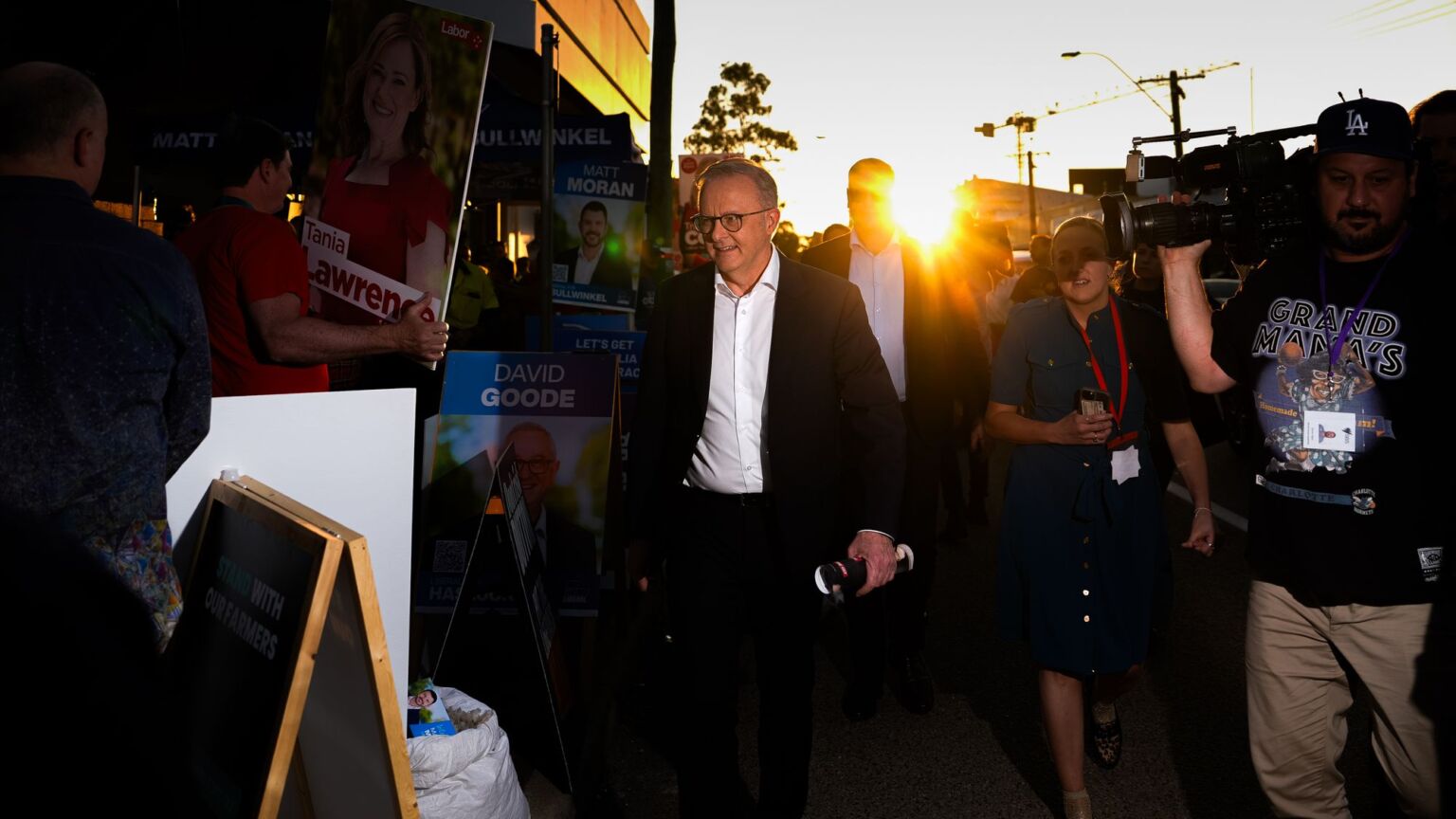
Want unlimited, ad-free access? Become a spiked supporter.
The Commonwealth Electoral Act 1902 stipulates that Australian voters must be furnished with a pencil when they enter the polling booth. The stubby brown instruments, too worthless to pocket, have become a quaint custom that was barely remarked upon until now.
Then, this week, outside an early-voting centre in western Sydney, I met an enraged man who emerged from a heated argument with election officials. ‘I told them to stuff their fucking pencils’, he said. ‘I used my own pen.’ This is far from an isolated incident. It measures the widespread distrust in a political system that once seemed to operate every three years with little fuss.
Such volatility has made the outcome of this Saturday’s federal election unusually difficult to predict. Polling, like so much else in this ‘post-truth’ era, is no longer a bankable currency. With 53 per cent of vote, after second preferences are accounted for, incumbent Labor prime minister Anthony Albanese should be preparing for a triumphant return with a commanding parliamentary majority. Almost nobody believes he will be.
For the fourth election in a row, the result will come down to just a handful of seats. The winning party will struggle to get a majority and will be forced into a precarious coalition with independents and boutique minor parties. Australian politics will remain fractured, without a clear consensus or agreed national narrative. The two-party system that lends stability to the Westminster system is weakening.
Neither major party, Labor nor the Liberal-National Coalition, has straddled the expanding cultural and political divide between university-educated progressive voters concentrated in inner-urban seats and socially conservative, middle-class voters in the suburbs and more rural areas. At the last election in 2022, support for both Labor and the Coalition fell to historic lows, with 32 per cent of voters siding with none of the above in the House of Representatives and 35 per cent in the Senate.
Ultimately, in 2022, Albanese was the voters’ unenthusiastic choice as prime minister to replace a tired, internally divided Liberal-led government. With 32.6 per cent, Labor’s share of the popular vote was its lowest since 1903. Australia’s preferential system gave Albanese a slim two-seat majority in the 151-seat House of Representatives, with help from the Greens and left-leaning independents.
Despite Albanese’s victory, Labor had lost support at both ends. It surrendered seats to the Greens in leafy inner-metropolitan Brisbane, while failing to win back once solid Labor seats in suburban Queensland and Sydney’s western suburbs.
The Liberal Party fared worse, losing five former blue-ribbon conservative seats to the self-styled Teal independents. These were well-funded candidates who portrayed themselves as community independents, fighting for action on climate change, a kinder world and integrity in government. While the Teals claimed to come from the grassroots, they relied on large donations from Climate 200, a nonprofit that drew funds from renewable-energy investors.
The Liberals also lost support to three minor parties on the right. In some seats, the combined vote for One Nation, the United Australia Party and the Libertarians (then called the Liberal Democratic Party) was more than 15 per cent, enough to kill the Liberals’ chances. Albanese’s challenge was to govern as a centrist prime minister in the style of Labor’s Bob Hawke, who won four successive elections between 1983 and 1990. His task was to reunite the party’s intellectual and industrial wings, which had been pulling the party in different directions since the 1970s.
In this, Albanese has failed completely. He spent his first 18 months in office campaigning for an Indigenous Voice to Parliament, which was widely seen as racially divisive and anti-democratic. He took it to a referendum in 2023, which he lost convincingly, with Australians voting 60 to 40 against the proposal. Privileged parliamentary representation for so-called First Nations people was applauded by progressives, but got deep below the skin of other Australians, who were resentful of being downgraded to ‘Second Nation’ status. Even Labor voters were deeply divided on the Voice. Albanese’s proposal was rejected in three-quarters of Labor’s 77 seats, in some by more than 70 per cent of voters.
Albanese’s absorption into a boutique progressive cause led to the widespread perception that he was out of touch with working families, particularly in the so-called mortgage belt in the regional suburbs. Here, borrowers had been hit with 12 successive interest-rate rises, which have more than doubled the size of their monthly repayments.
The cost of living has become the dominant national issue. Labor promised a $275 reduction in annual household energy bills in its first three-year term, driven by its expectation that solar and wind energy would be cheaper. In reality, power prices have gone the other way, forced up by the cost of investment in renewable-energy generation and transmission, as well as the rise in system costs.
At the same time, the government has expanded its reach and spending in ways that few voters fully grasp. The size of the state has grown substantially, with spending becoming 25 per cent higher in real terms than it was before the pandemic. The ranks of public servants have swelled by 36,000. Predictably, the big jumps are in health, education and welfare, while defence spending has barely budged.
Yet Australia is more strategically vulnerable than at any time since the Second World War. In February, China exhibited its naval strength by conducting unannounced live-fire exercises between Australia and New Zealand in the Tasman Sea. The first warning that the firing was taking place came from the pilot of a Virgin Australia plane bound for New Zealand. Numerous commercial flights on the busy trans-Tasman route were diverted, and Chinese vessels proceeded to circumnavigate Australia.
Albanese and his ministers attempted to play down this blatant episode of gunboat diplomacy. Yet US president Donald Trump’s contemptuous treatment of Ukrainian president Volodymyr Zelensky and vice-president JD Vance’s harsh words to NATO allies have highlighted Australia’s dependence on US military support.
All this should be a boon for Australia’s opposition leader, Peter Dutton. When Dutton took office in 2022, the Coalition’s prospects were grim. Yet the former Queensland policeman succeeded in uniting the party and instilling confidence as Albanese’s popularity declined. His stocks rose considerably after the defeat of the Voice proposal, which Dutton had opposed, despite warning some in the party that it was an act of political suicide.
At the start of this year, Dutton was the bookies’ favourite to win the election. Yet he has struggled to maintain the momentum. As in Canada, the uncertainty created by Trump’s tariff regime played into the incumbent government’s hands.
This vulnerability has been ruthlessly exploited by Labor. In particular, it unleashed a ferocious scare campaign against Dutton’s proposal to introduce nuclear energy to Australia. Dutton has been unable to counter it, and his party has slipped badly in the polls. The aggregated national polls blur the picture, however. The notion of a uniform national swing has become steadily more irrelevant as the country becomes polarised and elections more asymmetric.
The result of this election is probably the least predictable in postwar history. Swing patterns will be more chaotic, with a record number of outlier seats. This winner will not enjoy a uniform mandate. Indeed, they won’t have won the federal election in anything more than a technical sense. The party with the most MPs in the next parliament will have won the most victories in 150 micro-elections being fought around the country.
The disparity in voting patterns will reflect the disparity in household economic fortunes under Albanese. Low- and middle-income households have suffered far worse from rising inflation and 23 months of negative per-capita growth than the rich. Living costs have risen faster than incomes for working families in the mortgage belt, especially for essentials like housing, food and energy. They spend a high share of their income on necessities and few have savings to fall back on. At the other end of the spectrum are those whom the household recession has barely touched – high-income households, those who live from investment income and homeowners with no mortgage. They have been sheltered from rate hikes, while their asset values have been preserved or even grown.
As such, Labor will take a big hit in the outer suburbs of Melbourne, Sydney and beyond. Not all of these lost votes will be captured by the Coalition. Many will park their votes with conservative minor parties like One Nation or independent candidates. Albanese’s legacy will likely be the loss of vast swathes of his party’s former heartlands and the consolidation of Labor’s support among inner-metropolitan professionals.
A parliament that resembles a horse-trading ring is not conducive to the decisive moral and political leadership these times demand. The uncertainty of a hung parliament in which neither side has a clear majority is hardly what the country needs right now. Yet that appears to be Australia’s unavoidable destination.
Nick Cater is a senior fellow at the Menzies Research Centre in Sydney and publishes Reality Bites on Substack.
You’ve read 3 free articles this month.
Support spiked and get unlimited access.
Help us hit our 1% target
spiked is funded by readers like you. It’s your generosity that keeps us fearless and independent.
Only 0.1% of our regular readers currently support spiked. If just 1% gave, we could grow our team – and step up the fight for free speech and democracy right when it matters most.
Join today from £5/month (£50/year) and get unlimited, ad-free access, bonus content, exclusive events and more – all while helping to keep spiked saying the unsayable.
Monthly support makes the biggest difference. Thank you.
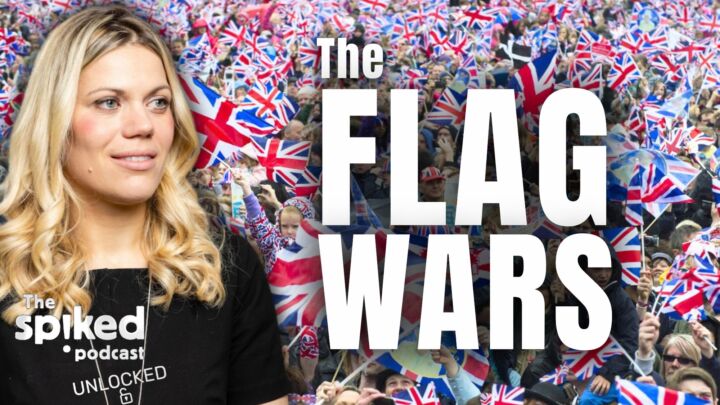
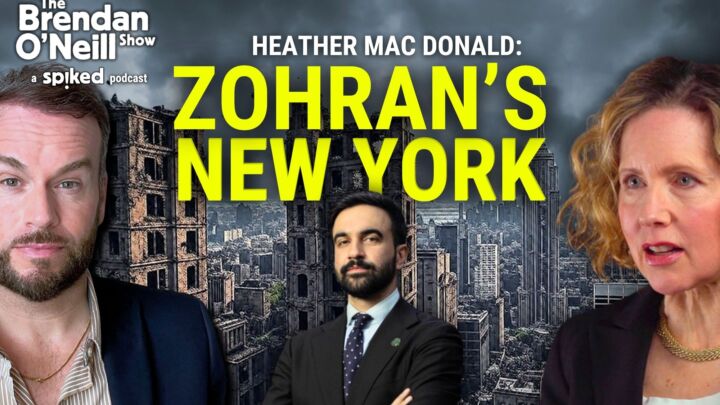
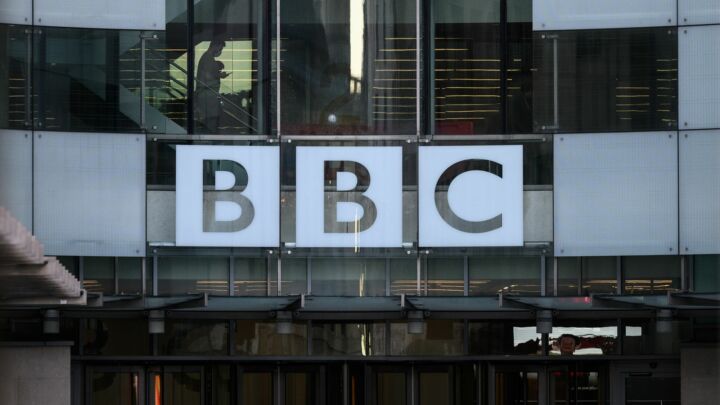
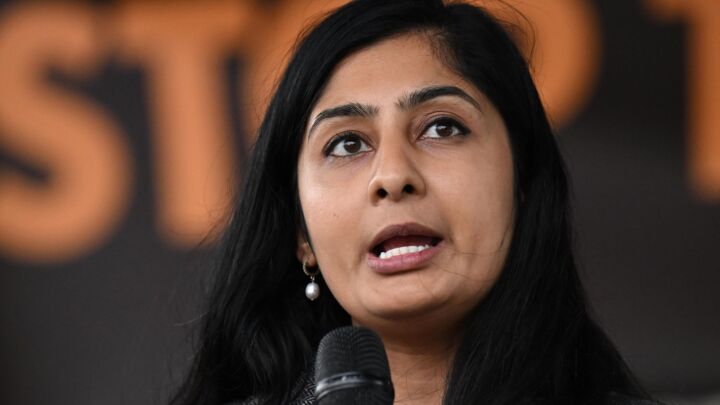
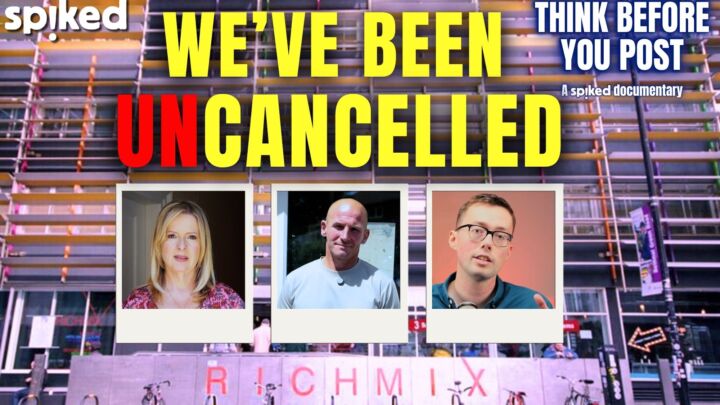

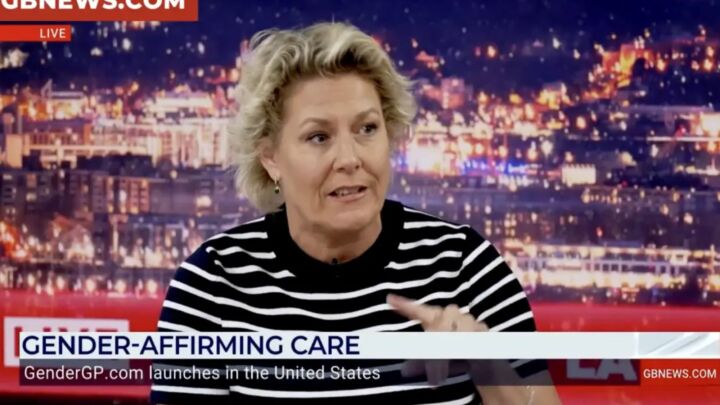

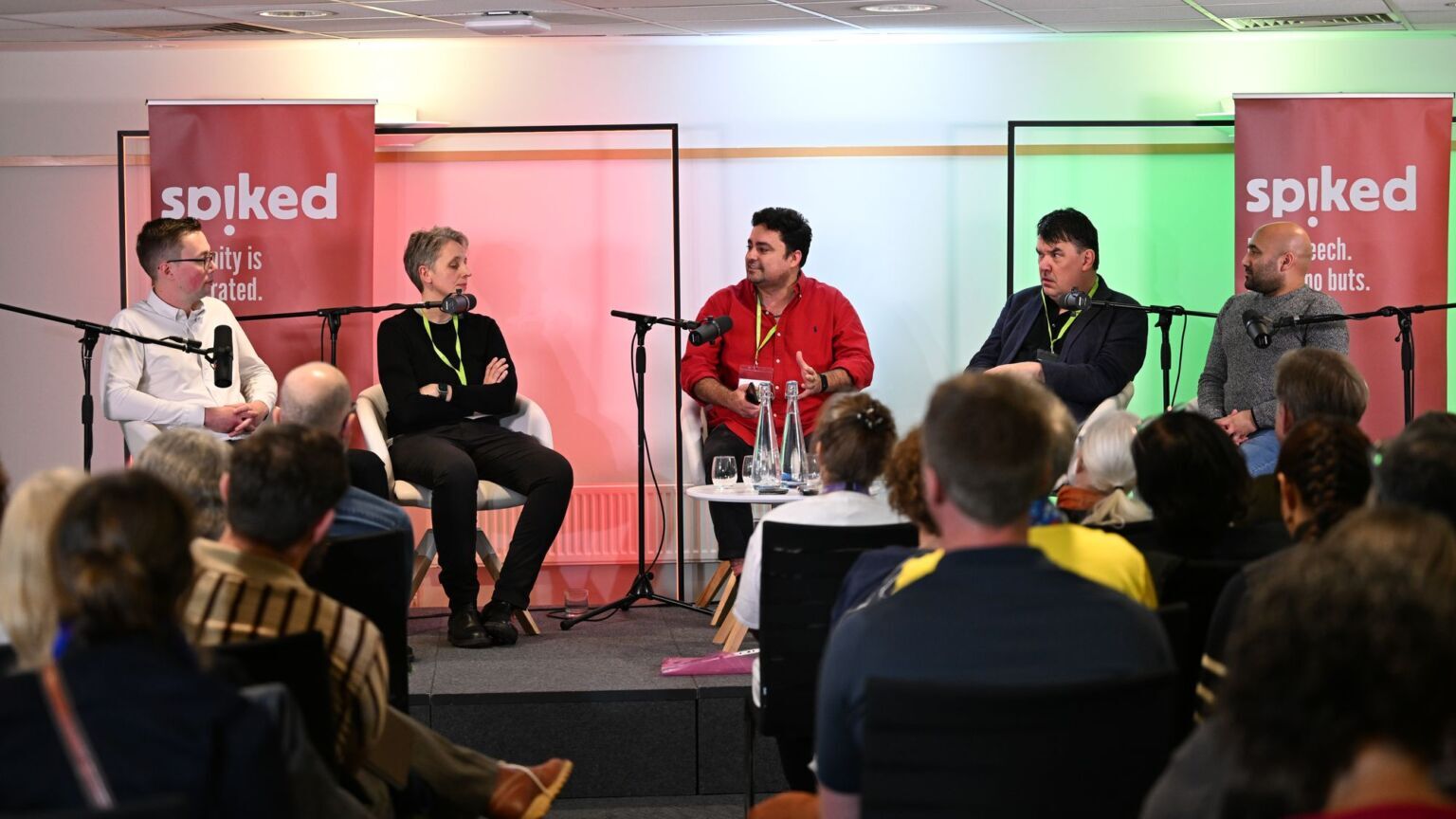
Comments
Want to join the conversation?
Only spiked supporters and patrons, who donate regularly to us, can comment on our articles.